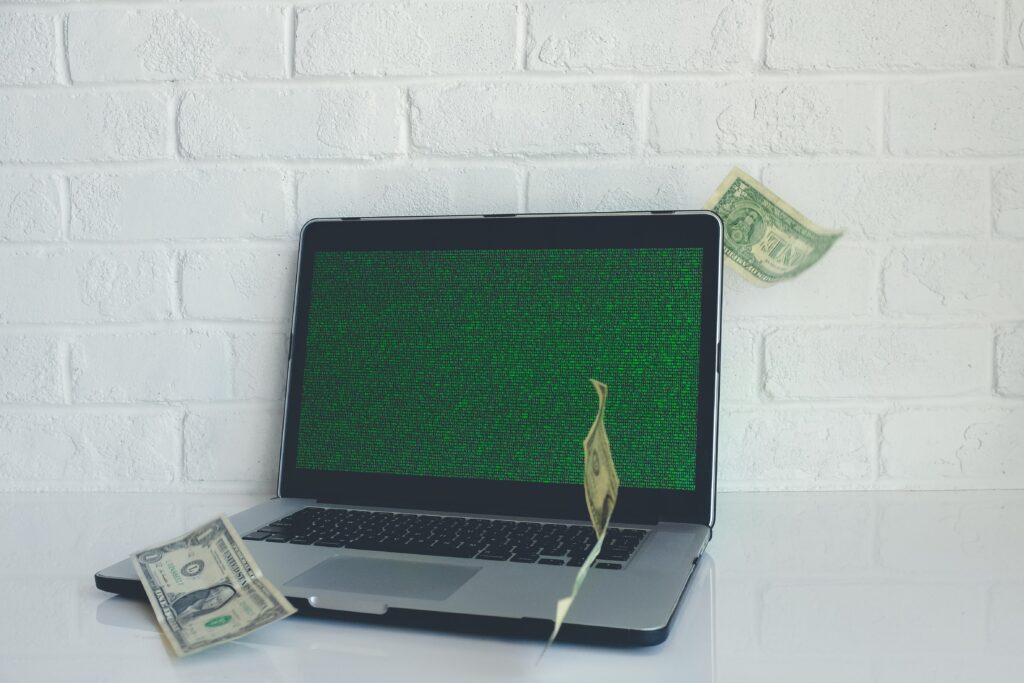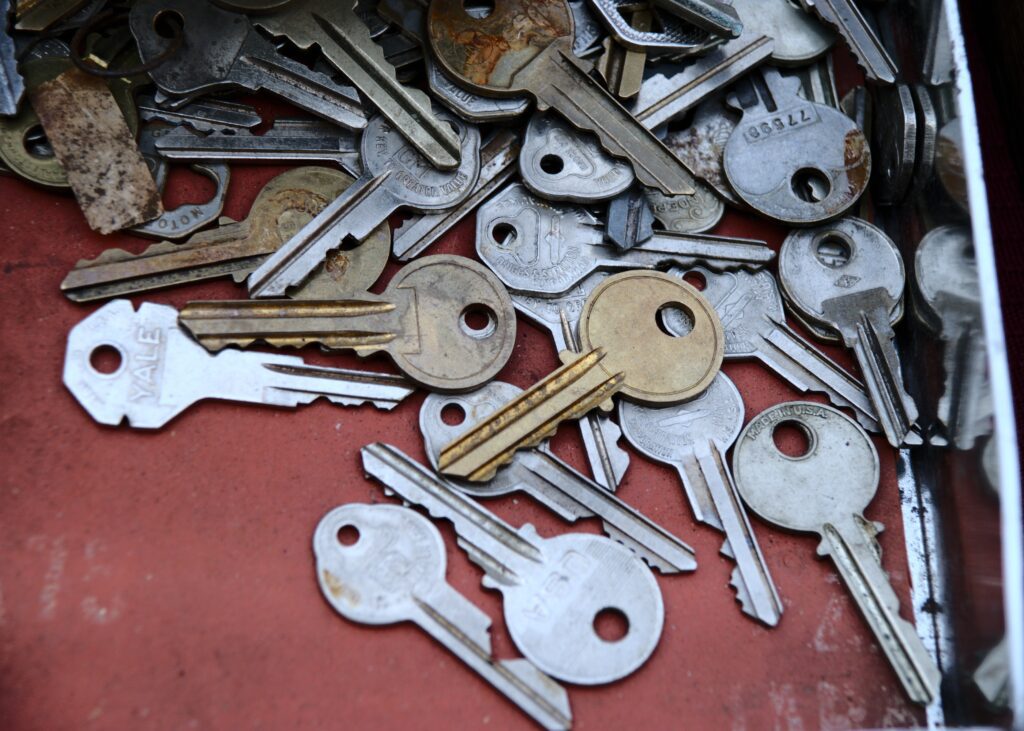TL;DR – this article explains what a wallet for your AMS tokens is and how it works. There is also this article that just shows you how to set one up.
Introduction to wallets
Everyone knows what a wallet is: it’s where you keep your money, your credit cards and a picture of your loved ones. It keeps those important possessions organized and safe.
When you buy your piece of Amsterdam with amsterdreams, represented by AMS tokens, you also want to keep those tokens somewhere safe. Rather than in a physical wallet, you keep it in a virtual one, that resides in your computer or in an app on your phone.
But what is really kept in the wallet? AMS tokens themselves reside on the secure blockchain; they’re not physically in your wallet. Unlike coins or bills, they cannot be stolen and you can’t lose them in the laundry.

Instead, the token wallet keeps your digital keys. These keys give you access to your tokens, so you can sell them or give them to someone else. Without the keys, nobody can access your tokens…including yourself. So, it’s very important not to lose the keys! When creating a wallet, there is a procedure (read more here) to make sure you can recover your keys in the case of a catastrophe. For instance, if you have a wallet app on your phone and your phone is lost, you need a way to get your keys back. With that, you can always regain access to your tokens.
Finally, and probably obviously, you should make sure nobody else has access to your keys. This is another function of the wallet. Rather than keeping the keys in a file called secret.txt on the desktop of your computer, wallet apps add another layer of security like a password or biometric identification like FaceID on Apple. In other words, if in the example above your phone or computer gets stolen, your keys are still safe.
How token wallets work
Now let’s dive a little deeper in how a wallet keeps your tokens safe. You don’t need this knowledge to use amsterdreams, but we can imagine you’re putting some of your savings in, so you want to make sure that they are well protected!
A key on the blockchain consists of two parts: a public and a private one. You can think of them as the license plate and the key to your car. Anyone can see the license plate, but only you can get into and drive the car, because you have the key. It’s perfectly ok to share the license plate with a car insurance company or for it to be scanned by parking garages and toll road cameras. None of these companies can access your car with just the license plate. You get the picture.

Different from a physical car key, a blockchain private key is made up of bits and bytes. It’s more like a password: when it is revealed, the person who sees is can access the tokens, no matter where they are in the world. This is why it’s important to keep the private key secret. In its simplest form, a wallet is an app that keeps your private key secret and only provides access to its authorized user at select times. For example, the wallet app may require you to press your fingerprint or show your face to the phone’s cameras to authorize a transfer of tokens. Others, like the MetaMask extension for Google Chrome, simply ask for a password.
This is the point where you’re probably pretty confused. So I have a secret key…that is protected by another secret, like a password? Isn’t that like hiding a lock box in a safe? What’s the point?
There are three points.
- First of all, you cannot remember (or reasonably type in) a private key. For example, this is what a private key looks like:
afdfd9c3d2095ef696594f6cedcae59e72dcd697e2a7521b1578140422a4f890. You would have to write this down or, more likely, put it in a text file or note taking app on your computer and copy-paste it when you need it. Anyone with access to that file can copy your private key and make off with your hard-earned tokens. So the first thing a wallet does is protect the private key with a secret that you can remember or a biometric property that is uniquely yours, like your fingerprint. - The second thing a wallet does is keep your private key safe in a physical device, i.e. your computer or phone. It’s like the car key: someone who would want to steal your private key would first have to steal a physical object you hold. This is a huge barrier to cybercriminals: someone who gets hold of your private key can steal your tokens from way across the internet. Someone who wants to get hold of your wallet first has to get hold of and/or into your computer or phone and then bypass the security of the wallet app, like FaceID. That’s probably not impossible, but certainly very hard and costly: you may remember a news story from 2016 where the American FBI was not able to hack into an iPhone.
- The final line of defense is that a wallet never actually reveals your private key. It uses it internally to approve a transaction, but it’s not displayed on screen or in any other way that would allow an attacker to ‘look over your shoulder’ or do some other clever form of copy-pasting.
Custodial and non-custodial wallets
There is one final thing around wallets that we should disambiguate. The definition of a wallet so far has been a so-called non-custodial wallet: there is no third party (a custodian) who keeps your private keys and tokens for you. That means that your tokens live on the blockchain and they are always accessible without the need for any third party – including amsterdreams! amsterdreams only uses non-custodial wallets.
For completeness’ sake, and to avoid possible confusion, we do want to spend a few words on custodial wallets. You often find these when you make use of an exchange, like Bitvavo or Crypto.com.

These exchanges will also give you a wallet (often packaged in a custom app on your smartphone). The exchange keeps your private keys (safe) for you, as well as your tokens. In many cases, if you own tokens with an exchange, they are on the blockchain at the address of the exchange. This is like the bank vault of the exchange and you have an account with them.
Can you buy AMS tokens on the amsterdreams website with a custodial wallet? No. amsterdreams only provides tokens directly on the blockchain. It’s the transparent model we believe in. So you have to set yourself up with a non-custodial wallet. Luckily, that is free!
You can pay for the tokens with your Crypto.com app – it’s one of the accepted payment models on our checkout page. Also, at some point the exchanges may decide to offer AMS tokens for sale on their platforms. Then, you will be able to trade AMS tokens on that exchange and you don’t even need amsterdreams.



